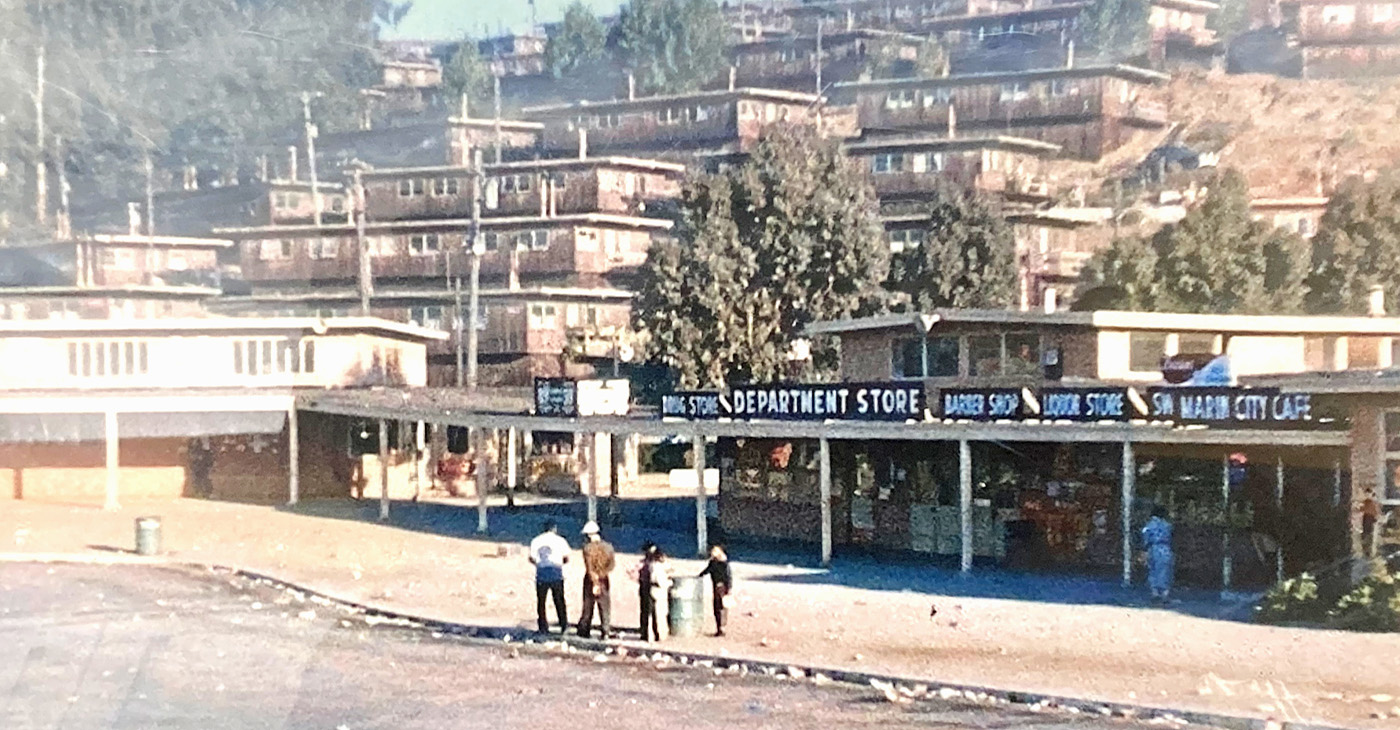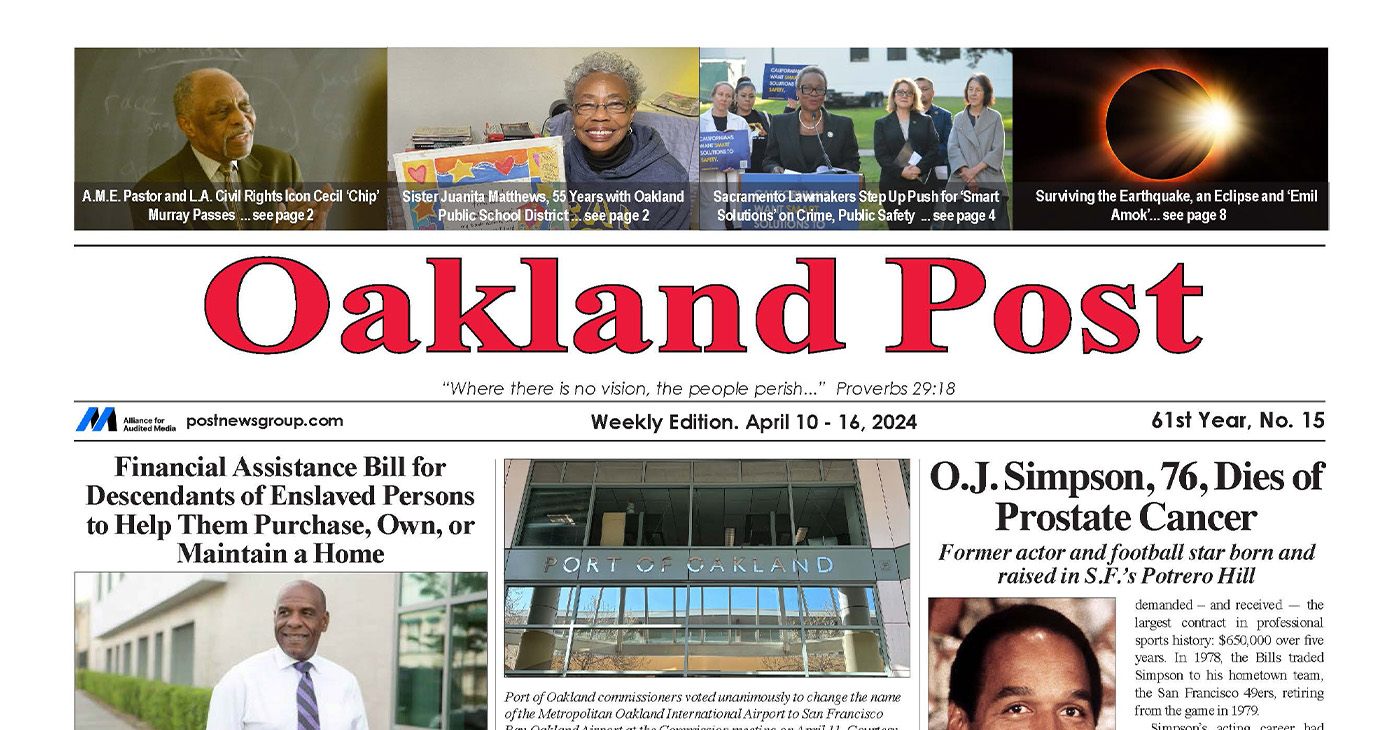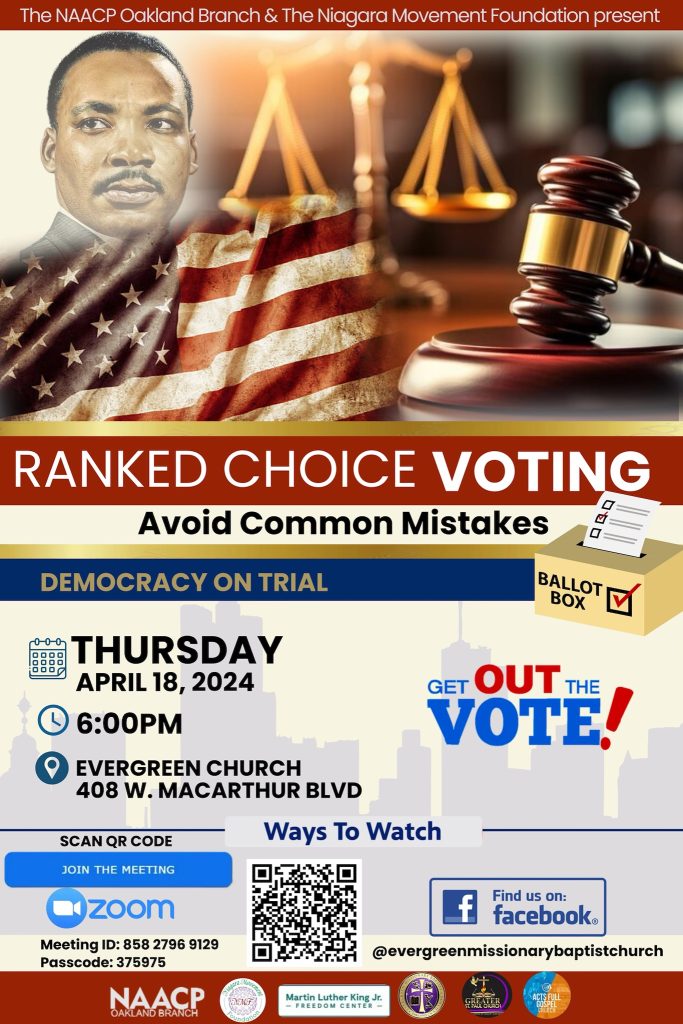Black History
Times change, but the objective of the demonstrations shouldn’t
THE BIRMINGHAM TIMES — Civil Rights Movement tactics may change, but the objectives shouldn’t.
By Ameera Steward
Civil Rights Movement tactics may change, but the objectives shouldn’t, said Doris Gary, 85, who participated in the marches of the 1960s and lived in Collegeville when the Rev. Fred L. Shuttlesworth was pastor of historic Bethel Baptist Church.

[/media-credit] Doris Gary participated in the marches in the ’60s and lived in Collegeville when the Rev. Fred L. Shuttlesworth was pastor of historic Bethel Baptist Church.
“We’ve got so many people now that have so many different opinions about how things should be. We need to come together and be on one accord,” said Gary, who was a member of Shuttlesworth’s Alabama Christian Movement for Human Rights.
“Now, you’ve got demonstrations all over the world, but they’ve got different issues. Ours was a collective effort to end segregation, and that’s what we accomplished at that time. New laws were passed.”
Iva Williams, 49, vice president of the Outcast Voter’s League, said he sees a younger generation that’s “fed up” but in a different way than in the past.
“Millennials have a different outlook,” he said. “It’s a different level of fed up, I think. They just refuse to be held back, if you will. … That’s why it’s incumbent upon guys like myself and … other people … to provide them some boundaries. We have to give them some things to think about. We have to hold them back because … these young people protest a lot differently.”
Some recent demonstrations have involved protests like the one Tuesday evening outside Hoover City Hall after Alabama Attorney General Steve Marshall said a Hoover police officer took justifiable action in the shooting and killing of 21-year-old Emantic “E.J.” Bradford Jr. at the Riverchase Galleria mall on Thanksgiving night.
Protesters have also made visits to the home of Hoover Mayor Frank Brocato and the Montgomery neighborhood of Alabama Attorney General Steve Marshall; and the Birmingham Civil Rights Institute (BCRI) after its board rescinded a decision to present the Rev. Fred Shuttlesworth Human Rights Award, to renowned activist and Birmingham native Angela Davis, PhD—a decision the BCRI has since reversed.
The Rev. Arthur Price, 53, pastor of downtown Birmingham’s Sixteenth Street Baptist Church, said the objective of protests remains to shine a light on injustices and inequity, so “the community at large might be able to see what this small segment of the population sees [and] to make sure they understand the blight that’s going on in the community.
Martez Files, a 27-year-old organizer for the Black Lives Matter movement and an African-American studies professor at the University of Alabama at Birmingham (UAB), said some often forget the goals of the marches, “why we were doing this in the first place,” he said, before Marshall announced his decision on the Bradford, Jr. shooting. “I know you get so caught up in, … ‘I gotta fight.’ ‘I gotta resist.’ ‘I gotta protest.’ ‘I gotta show up.’ … Then we lose [sight of] why we were doing it.”
“Hateful Acts”
In Birmingham 55 years ago, there was no doubt why the protesters marched.
“The enemy in 1963 was very obvious: [Birmingham Commissioner of Public Safety Theophilus “Bull” Connor] and the white establishment. They were the enemy, and they were very vocal and very pronounced in their determination to keep blacks in their place,” said the Rev. Dr. Christopher Hamlin, pastor of Tabernacle Baptist Church in West Birmingham. “Now, the enemies … are not as well-known and obvious as they were in 1963. Those attitudes that were very obvious in 1963 may not be as obvious today, with the exception of the number of African-Americans that have been shot, killed, or gunned down by law enforcement officers.”
In addition to Bradford being shot and killed last year by a Hoover police officer, several other young black men have been killed under suspicious circumstances that generated national attention and outrage, including 17-year-old Trayvon Martin, who was shot and killed in 2012 by a neighborhood watchman in Sanford, Fla.; 18-year-old Michael Brown, who was shot and killed in 2014 by a police officer in Ferguson, Miss.; 12-year-old Tamir Rice, who was killed in 2014 by a law enforcement officer in Cleveland, Ohio; and 32-year-old Philando Castile, who was shot in front of his girlfriend and her daughter in 2016 after being pulled over in Falcon Heights, Minn.
“In terms of beatings or violence, … especially upon African-Americans, they did it then, and we see in some of these cases now that this stuff continues to happen today,” Hamlin said. “In many of these situations, it’s all … racism. Racism breeds, produces, stimulates hateful acts. So, if someone exhibits racism or is a racist, that can come out in multiple ways.
“If you’re a police officer, it could very well be mistreatment of blacks or Hispanics. If you’re a loan officer, it could be to give someone a harder time to try to secure a loan for a home or a car. If you’re a realtor, you might put up a lot of roadblocks if someone wants to move into a certain neighborhood. That stuff continues to happen, unfortunately.”

[/media-credit] Martez Files, a 27-year-old organizer for the Black Lives Matter Movement and an African-American studies professor at UAB.
Lessons Learned
Williams said the younger generation should be careful not to abandon all the principles of the past.
“Sometimes young people almost run away from anything that has been done in the past,” he said. “If our elders did a sit in at a lunch counter, [today’s young people] want to go in and take over the whole lunchroom. … It just seems like they want to take things a step further. Sometimes that’s good, and sometimes that’s very dangerous because their wanting to take things a step further can sometimes challenge the law, and that’s something we are so intent on not doing. … We just want to exercise civil disobedience.”
Gary said there are lessons to be learned from what happened 55 years ago.
The Civil Rights Movement “accomplished what we wanted to accomplish,” she said.
“We were demonstrating against the injustice of segregation, and laws were passed during the times that we demonstrated. … They removed the [separate] water fountains. They removed the … ‘Colored’ and ‘White’ boards from the school buses. They integrated the school systems. [We] were able to get jobs. [We] were able to vote.”
This article originally appeared in The Birmingham Times.
Art
Marin County: A Snapshot of California’s Black History Is on Display
The Marin County Office of Education, located at 1111 Las Gallinas Ave in San Rafael, will host the extraordinary exhibit, “The Legacy of Marin City: A California Black History Story (1942-1960),” from Feb. 1 to May 31, 2024. The interactive, historical, and immersive exhibit featuring memorabilia from Black shipyard workers who migrated from the South to the West Coast to work at the Marinship shipyard will provide an enriching experience for students and school staff. Community organizations will also be invited to tour the exhibit.

By Post Staff
The Marin County Office of Education, located at 1111 Las Gallinas Ave in San Rafael, will host the extraordinary exhibit, “The Legacy of Marin City: A California Black History Story (1942-1960),” from Feb. 1 to May 31, 2024.
The interactive, historical, and immersive exhibit featuring memorabilia from Black shipyard workers who migrated from the South to the West Coast to work at the Marinship shipyard will provide an enriching experience for students and school staff. Community organizations will also be invited to tour the exhibit.
All will have the opportunity to visit and be guided by its curator Felecia Gaston.
The exhibit will include photographs, articles and artifacts about the Black experience in Marin City from 1942 to 1960 from the Felecia Gaston Collection, the Anne T. Kent California Room Collection, The Ruth Marion and Pirkle Jones Collection, The Bancroft Library, and the Daniel Ruark Collection.
It also features contemporary original artwork by Chuck D of the Rock and Roll Hall of Fame group Public Enemy, clay sculptures by San Francisco-based artist Kaytea Petro, and art pieces made by Marin City youth in collaboration with Lynn Sondag, Associate Professor of Art at Dominican University of California.
The exhibit explores how Marin City residents endured housing inequities over the years and captures the history of plans to remove Black residents from the area after World War II. Throughout, it embodies the spirit of survival and endurance that emboldened the people who made Marin City home.
Felecia Gaston is the author of the commemorative book, ‘A Brand New Start…This is Home: The Story of World War II Marinship and the Legacy of Marin City.’ Thanks to the generous contribution of benefactors, a set of Felecia’s book will be placed in every public elementary, middle, and high school library in Marin.
In addition, educators and librarians at each school will have the opportunity to engage with Felecia in a review of best practices for utilizing the valuable primary sources within the book.
“Our goal is to provide students with the opportunity to learn from these significant and historical contributions to Marin County, California, and the United States,” said John Carroll, Marin County Superintendent of Schools.
“By engaging with Felecia’s book and then visiting the exhibit, students will be able to further connect their knowledge and gain a deeper understanding of this significant historical period,” Carroll continued.
Felecia Gaston adds, “The Marin County Office of Education’s decision to bring the Marin City Historical Traveling Exhibit and publication, ‘A Brand New Start…This is Home’ to young students is intentional and plays a substantial role in the educational world. It is imperative that our community knows the contributions of Marin City Black residents to Marin County. Our youth are best placed to lead this transformation.”
The Marin County Office of Education will host an Open House Reception of the exhibit’s debut on Feb. 1 from 4 p.m. – 6 p.m.. All school staff, educators, librarians, and community members are encouraged to attend to preview the exhibit and connect with Felecia Gaston. To contact Gaston, email MarinCityLegacy@marinschools.org
Activism
Oakland Post: Week of April 10 – 16, 2024
The printed Weekly Edition of the Oakland Post: Week of April 10 – 16, 2024

To enlarge your view of this issue, use the slider, magnifying glass icon or full page icon in the lower right corner of the browser window. ![]()
Activism
Oakland Post: Week of April 3 – 6, 2024
The printed Weekly Edition of the Oakland Post: Week of April 3 – 6, 2024

To enlarge your view of this issue, use the slider, magnifying glass icon or full page icon in the lower right corner of the browser window. ![]()
-

 Activism4 weeks ago
Activism4 weeks agoOakland Post: Week of March 20 – 26, 2024
-

 #NNPA BlackPress3 weeks ago
#NNPA BlackPress3 weeks agoMayor, City Council President React to May 31 Closing of Birmingham-Southern College
-

 #NNPA BlackPress3 weeks ago
#NNPA BlackPress3 weeks agoCOMMENTARY: D.C. Crime Bill Fails to Address Root Causes of Violence and Incarceration
-

 #NNPA BlackPress3 weeks ago
#NNPA BlackPress3 weeks agoFrom Raids to Revelations: The Dark Turn in Sean ‘Diddy’ Combs’ Saga
-

 #NNPA BlackPress3 weeks ago
#NNPA BlackPress3 weeks agoCOMMENTARY: Lady Day and The Lights!
-

 #NNPA BlackPress3 weeks ago
#NNPA BlackPress3 weeks agoBaltimore Key Bridge Catastrophe: A City’s Heartbreak and a Nation’s Alarm
-

 #NNPA BlackPress3 weeks ago
#NNPA BlackPress3 weeks agoBaltimore’s Key Bridge Struck by Ship, Collapses into Water
-

 Activism3 weeks ago
Activism3 weeks agoOakland Post: Week of March 27 – April 2, 2024












































